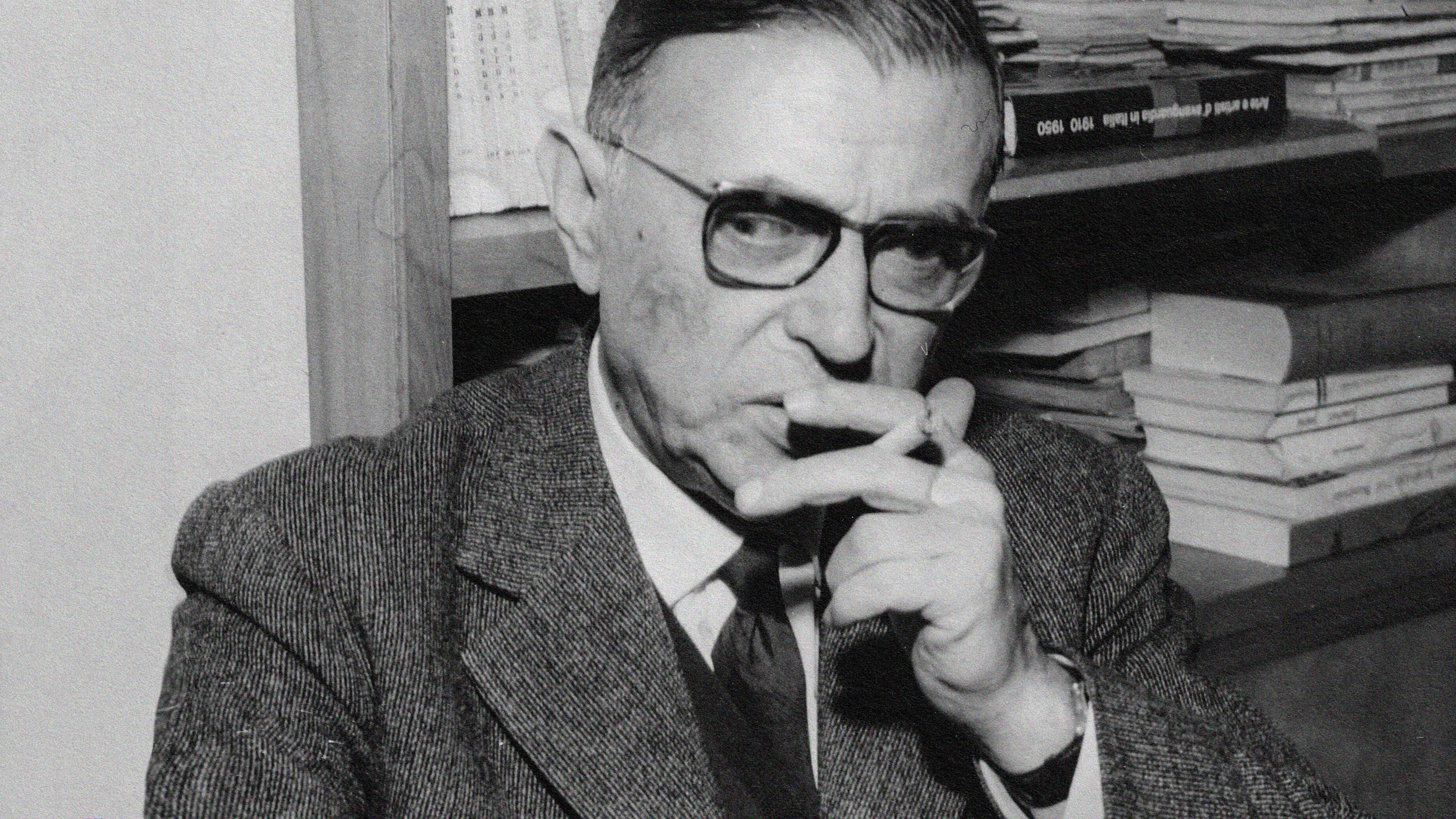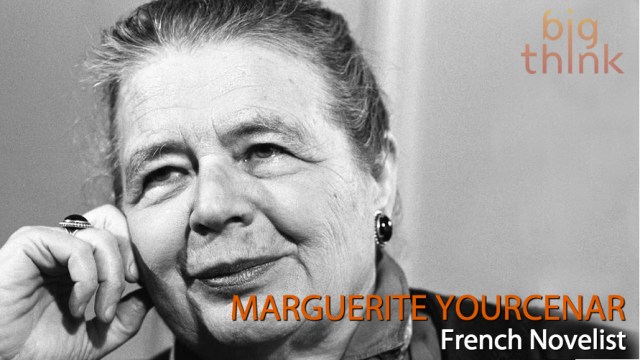We’re Still Waiting For Instant Sleep Technology (But Getting Better At Sleep Efficiency)

Marketplace writer Meg Cramer begins her latest piece with a GIF-fueled journey through time and space in search of sci-fi technology. Really, she’s just alluding to a scene in Back to the Future Part II in which Doc Brown puts Elisabeth Shue’s character to sleep in order to prevent a time paradox. Since 2015 is officially the year of whining about glaringly absent Back to the Future technology, Cramer decided to look into whether Doc Brown’s sleep-inducing alpha rhythm generator (like the hoverboard) has spurred the development of comparable real-life technology.
The short answer is “no”:
“But does a sleep-inducing device exist in the real 2015? It does not – at least not in the way Back to the Future imagines.
That flash of light is the first clue that the technology is too good to be true. Researchers at Pennsylvania State University found that nighttime exposure to light – especially the kind emitted by electronic devices – makes it harder to fall asleep.
Aiming a little lower than instant-sleep-inducing technology, we find ourselves among a range of devices that won’t make you fall asleep, but might make you sleep better.”
Cramer goes on to explore some recent projects by the U.S. military and private companies aimed at boosting sleep efficiency. The Defense Advanced Research Projects Agency (DARPA) even put $20 million toward researching ways to allow soldiers to stay awake for up to a week without feeling those familiar effects of sleeplessness. She also explores what’s known as “transcranial magnetic stimulation,” or TMS.
“TMS uses magnetic fields to create small electrical currents in parts of the brain, and researchers are trying to tune those currents to nudge a sleeping brain toward restorative, REM sleep.”
The problem for Doc Brown enthusiasts is that TMS is most effective in suggesting behavior rather than outright modifying it. Short of exhaustion and blunt trauma, sleep is a voluntary behavior. We’re not quite at the point where technology can treat sleep like an on/off switch.
In thinking about the potential nefarious uses of such a technology, perhaps it’s best it remains that way.
Read more at Marketplace
Photo credit: Hasloo Group Production Studio / Shutterstock





